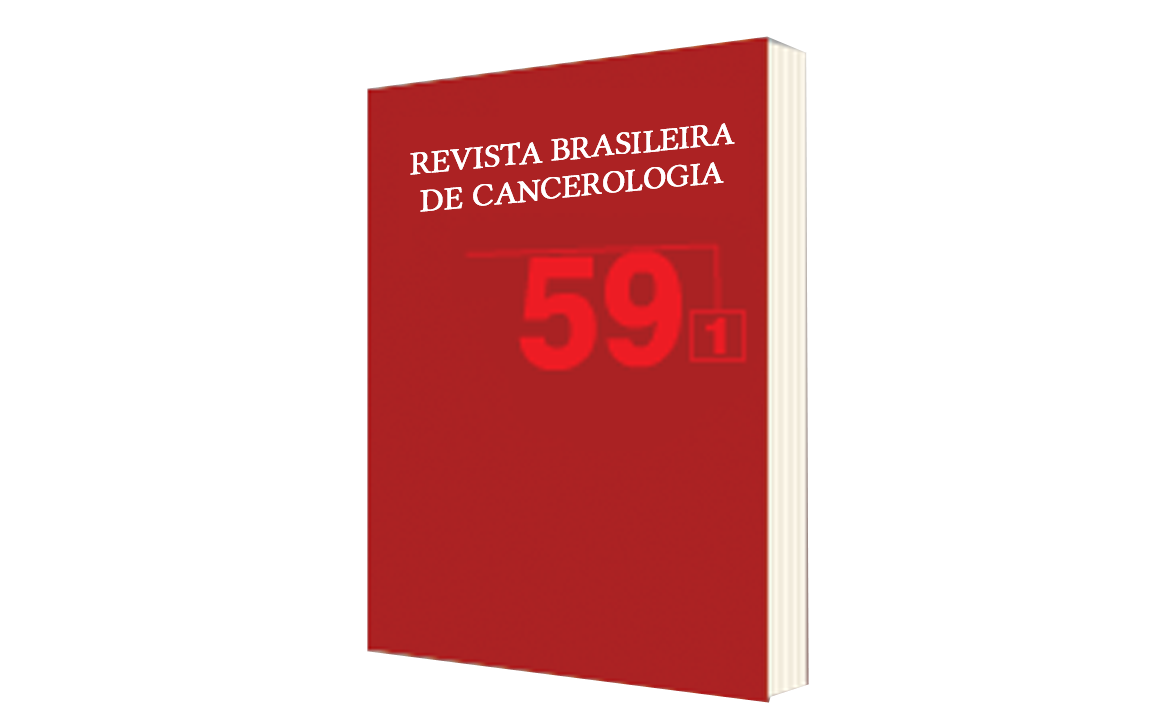Trend of Mortality from Cervical Cancer in the State of Goiás in the Period from 1989 to 2009
DOI:
https://doi.org/10.32635/2176-9745.RBC.2013v59n1.536Keywords:
Uterine Cervical Neoplasms, Uterine Cervical Neoplasms-etiology, Uterine Cervical Neoplasms-diagnosis, Uterine Cervical Neoplasms-therapy, Uterine Cervical Neoplasms-prevention and control, Uterine Cervical Neoplasms-mortalityAbstract
Introduction: Cervical cancer is a public health problem due to its high mortality rates. Objective: To analyze the evolution of mortality from cervical cancer in Goiás between the years 1989 and 2009. Method: Retrospective study of time series. The data were obtained from the Mortality Information System, searched in the database from the IT Department of the Unified Health System and from the population of the Brazilian Institute of Geography and Statistics. For trend analysis, the joinpoint program was used. Results: In the age group 30-59 years, the rates are increasing and evolving accompanying aging. The trend analysis to cervical cancer deaths in women from 50 to 59 years of age showed a reduction in the annual percentage change as from 2004 and trend of stability for the other age groups. In the State of Goiás there was a stabilization of the annual percentage change for the first period analyzed, with further reduction after the implementation of the Viva Women program. Conclusion: We conclude from this study that there was a trend of stability of cervical cancer mortality throughout the study period, but when observing before and after the implementation of the program there was a decrease in the annual percentage change, with significant p values, which reflects some efficiency of prevention, diagnosis and treatment actions driven by the Viva Women program in Goiás.









